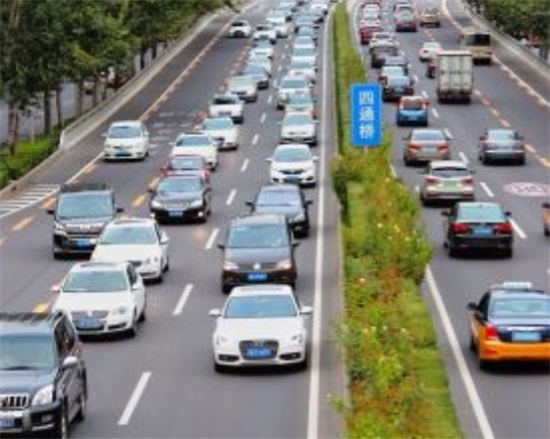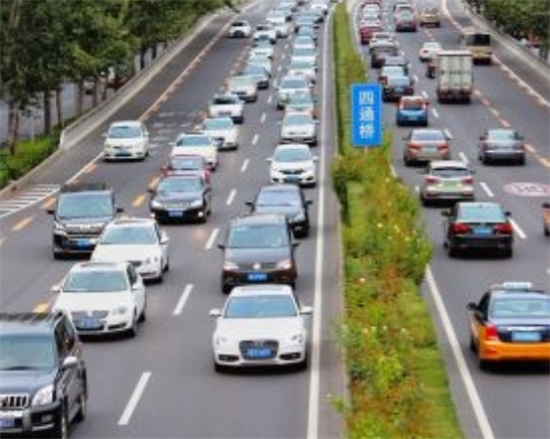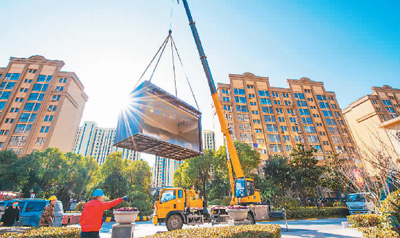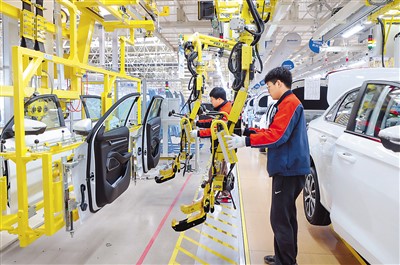消息!What are Robotics and Autonomous Systems?
 (资料图)
(资料图)
Robotics and autonomous systems refer to the design, construction, and operation of robots and systems that can perform tasks and make decisions without human intervention. This field encompasses a wide range of technologies, including mechanical engineering, electronics, computer science, and artificial intelligence. The goal of robotics and autonomous systems is to create machines that can perform complex and dangerous tasks, increase efficiency and productivity, and improve the quality of life for people.
Robotics has been a field of study for many decades, and has made significant advancements over the years. Early robots were simple machines that could perform repetitive tasks, such as assembling parts in a factory. Over time, robots have become more complex and sophisticated, with the ability to perform tasks that are more varied and challenging. Today, robots are used in a wide range of industries, including manufacturing, healthcare, construction, and transportation.
One of the key advances in robotics has been the development of autonomous systems, which are capable of making decisions and performing tasks on their own. Autonomous systems use sensors, cameras, and other technologies to perceive their environment, and algorithms and artificial intelligence to make decisions and control their actions. These systems can be programmed to perform specific tasks, such as following a set of instructions or making decisions based on data inputs.
One of the main benefits of robotics and autonomous systems is that they can perform tasks that are dangerous or difficult for humans to do. For example, robots can be used to perform tasks in hazardous environments, such as deep-sea exploration or cleaning up nuclear disasters. Autonomous systems can also be used to perform tasks that are repetitive or physically demanding, such as sorting packages in a warehouse. By freeing up humans from these tasks, robotics and autonomous systems can improve efficiency, productivity, and safety.
Another benefit of robotics and autonomous systems is that they can improve the quality of life for people. For example, robots can be used to assist with healthcare, such as helping with rehabilitation or providing care for patients with disabilities. Autonomous systems can also be used to improve transportation, such as developing self-driving cars that can reduce the number of accidents and make transportation safer and more convenient.
Despite their potential benefits, there are also a number of challenges associated with robotics and autonomous systems. One of the main challenges is ensuring that these systems are safe and reliable. Robots and autonomous systems can cause harm if they malfunction, and it is important to ensure that they are designed and tested to prevent these risks. Another challenge is the ethical and social implications of these systems, as they have the potential to disrupt existing industries and displace workers. It is important to consider these implications and to develop policies and regulations that ensure that the benefits of these systems are shared by society as a whole.
In conclusion, robotics and autonomous systems are a rapidly evolving field that has the potential to transform the way we live and work. By creating machines that can perform tasks and make decisions on their own, these systems have the potential to improve efficiency, productivity, and safety, and to improve the quality of life for people. However, it is important to consider the challenges associated with these systems, including safety and reliability, and to ensure that they are used in an ethical and responsible manner. As the field continues to advance, we can expect to see new and innovative applications and services that were previously impossible.
关键词: impossible people industries
相关新闻
- 消息!What are Robotics and Autonomous Systems?
- 克里斯蒂安・卡雷姆布简介简历_个人资料介绍-通讯
- 每日短讯:特斯拉前AI高级总监宣布将再次加入OpenAI
- 扬切尔|环球消息
- 消息!如何看面相图解女人 女人的面相要怎么看
- 厦门市思明区第三次荣获“全国科普示范区”荣誉称号_环球快讯
- 5.63万个“农场主”获贷153亿元
- 欧豪是富二代吗?欧豪个人资料身价背景介绍_时讯
- 2022年中国桥梁钢结构产业链分析:桥梁钢结构产量将持续增长[图]-天天最资讯
- 往期回顾:在院新冠死亡病例持续下降 病毒结束时间预估 每日精选
- 电脑会被雷击吗防止电脑被雷击的方法是_电脑会被雷击吗防止电脑被雷击的方法
- 启明星长庚星是指什么星 启明星长庚星是什么行星
- 【机构调研记录】红土创新基金调研威胜信息、火星人 天天视讯
- 报关单-世界焦点
- 顺丰回应送外卖 目前仅接受公司内部订单|快讯
- 全球快看:安吉七彩灵峰乡村旅游投资有限公司
- 世界热门:梦见抓鬼是什么预兆
- 全球微速讯:完美先生和差不多小姐更新时间_完美先生和差不多小姐简介
- 节哀顺变还是节哀顺便?_节哀顺变 环球焦点
- 正宗炖牛肉的做法 环球短讯
- 全球要闻:访问马里期间获赠长剑,拉夫罗夫:我会把它握在手里
- 当前滚动:疑似魅族20模型机曝光:直屏造型+纯白配色,颜值颇高
- dnf男机械90刷图加点 信息
- 2月8日化学原料行业九大熊股一览 每日速读









